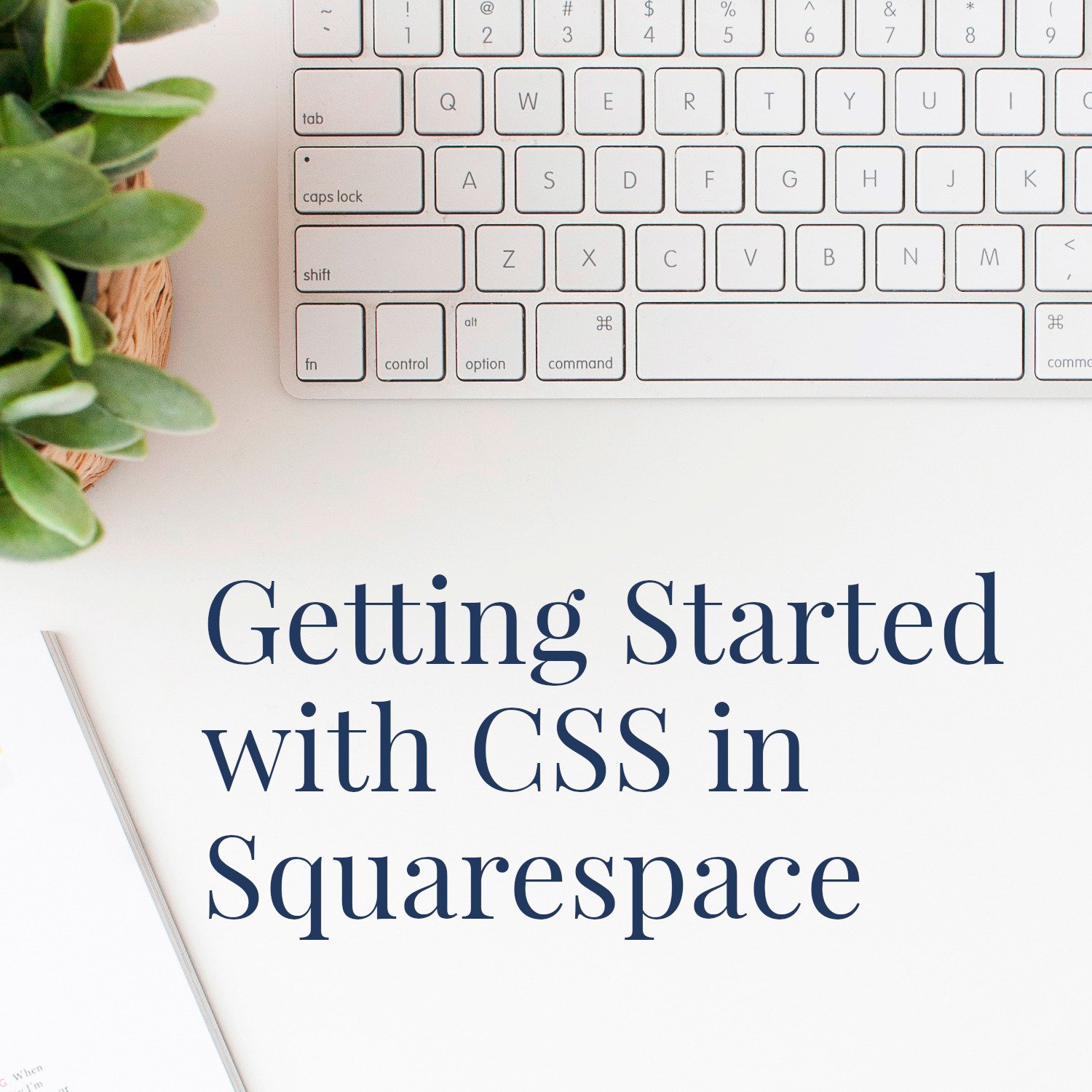7 Tips to Get Your Website Done
• This article contains affiliate links •
Here’s a common dilemma: you know you need to improve, or create, your author website, but you don’t have a lot of time, tech confidence, or a big budget.
Later this month I’m running a group training program where I’ll show you how to build an author website using Squarespace, in a small and friendly cohort.
The process of creating this learning experience led me to consider: what are the reasons why authors get stuck on their websites… and how can you give your site the best chance of success? I’ve seen a lot of author websites go live with a powerful impact for your publishing business, while other website projects encounter long delays or even fail.
Here’s what I’ve noticed you should do, to boost your chances of creating an author website that gets results:
1) Keep the project small
Don’t try to make your author website with 30 pages initially: launch your site with 4-5 pages, and then add on later. If you try to do too much at once, you’ll almost certainly stumble or get overwhelmed.
This echoes the approach favored for innovation in Silicon Valley: what’s the “minimum viable product” for launch? I also love this tactic because it helps you get past the idea that your website is a one-off project that you finish, instead of a living business tool where you’ll make many changes and improvements, down the road.
Related: Best Squarespace Author Websites
2) Choose an all-in-one, drag-and-drop tool, preferably with tech support included
If you’re not super confident with tech, pick a website tool where:
hosting is included,
you can build your pages with an intuitive drag-and-drop editor, and
where help is part of your package.
In other words, if you’re just getting started, WordPress may not be the best choice. Other services like Wix and Squarespace (Squarespace is my favorite because it has the edge for getting your site to show up in search engine results) will be less stressful for you.
If you’re already on WordPress, there is admittedly more to consider before you decide whether to switch. I’ve posted a longer article on pros and cons of popular website tools here.
Save 10% on your first year’s Squarespace subscription with code: PAULINE10
3) Pick one Call To Action
Don’t create a website where you’re inviting your visitor to do multiple different things.
For example, don’t ask them to read this, follow here, connect there, buy this, invite you to a book club, attend an event, and leave an online review. Instead, decide on the ideal action you’d like someone to take next.
Many authors choose “Buy the book”, but a great action that’s often overlooked is to invite the visitor to join your email list. With the former, you make one sale. With the latter, you start a longer relationship with many mutual benefits.
Whatever you choose, be intentional about what you’d like your visitor to do next. Arrange your website pages to highlight this action, with clear buttons and few distractions.
Related: 33 reader magnet ideas for authors to grow your email list
4) Find a buddy
Whether you value accountability, encouragement, or a combination, it’s likely you’ll find extra motivation from moral support. There are plenty of author communities and co-working groups where you can buddy up.
If you know you’ll find working alongside others highly motivating, my group program Website With Friends could be a great fit for you.
5) Acknowledge any fears that come up
Publishing a website is an exciting step. If your book isn’t launched yet, the website might be the first big “public” announcement you make about your work. Sometimes, this brings up emotions like impostor syndrome, or fear of how others might judge you.
Notice any doubts or anxiety, and be ready to work through them. Journalling, coaching, or even your community from #4 can provide valuable support, if you’re hesitant to put yourself and your work into the world.
Often times, an author will tell me that they’re stuck on technology or even writing website copy, when it’s actually this deeper “readiness” work that’s blocking the way.
6) Set a time limit
You would much prefer to spend your time writing, or connecting with your audience, than messing around with your online pages. Give yourself a realistic but limited amount of time to publish a basic but attractive website. Then, give yourself permission to iterate and improve it later. Even as a professional website designer, I’m never entirely happy with my own site!
Do the best you can, and then go live.
7) Get professional help
If you have the budget, working 1:1 with a website designer like me to get a professional site built is a great idea. But if you need a more affordable solution, you can save a lot by doing most of the work yourself, and then bringing in extra expertise where needed. Many pros offer hourly consulting or “VIP Days” for this type of assistance. And my group program, Website With Friends, is a cost-effective way to tap into my skills.
•
Find out more about Website With Friends
Website With Friends is a live program, offered a few times a year. Get your Squarespace website done in a supportive and collaborative online group… with personalized help from me, when you need it.
Find out more and/or join our next cohort here:
Other resources for supercharging your author website
If you decide Squarespace is how you’d like to build your website, save 10% on your first year’s subscription with code: PAULINE10









